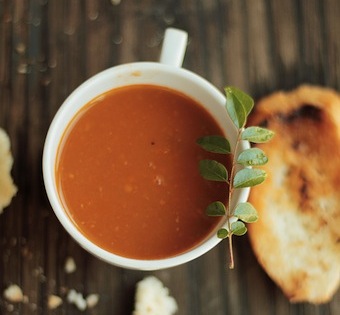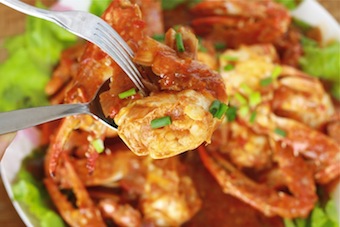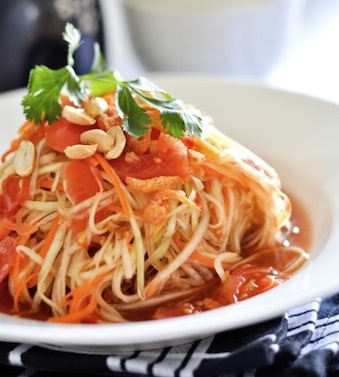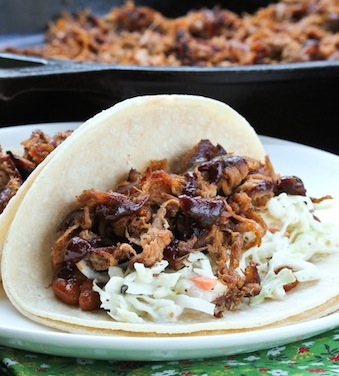When Christopher Columbus set foot in the New World 500 years ago, he ‘discovered’ the spice that has come to define spice. A spice that probably caused Columbus to quickly learn how to say, “I need water!” in the local language.*
The Chili Pepper.
Well, it's not actually related to pepper at all (doesn’t even look like a peppercorn), but Columbus was lost and thinking he was somewhere in Asia, biting into something that was pungent and hot like pepper, given to him by people he incorrectly assumed were Indians. Taking this pepper with him on his return journey to Spain, along with many other new spices, Columbus may not have realized its true impact - that he had spun the earth the other way, reversing the direction of the Spice Route.
It is hard to imagine a time when the entire world didn’t have chili pepper, but before Columbus landed in the Americas, piri-piri did not grow wild in West Africa, Sichuan’s Kung Pao chicken didn’t have the Pow!, sambal or bird’s eye didn't exist in Southeast Asia, paprika was nowhere to be found in eastern Europe, curries in southern India lacked a certain kick, and Korea’s kimchi was as mild as a Caesar salad.
But in a mere 50 years after that famous voyage, the chili pepper traded eastward, redefining local cuisines on its journey around the world. Even finding its way into the tiny, Himalayan kingdom of Bhutan, where the chili pepper was welcomed not just as a spice, but as a staple in their diet.
But in a mere 50 years after that famous voyage, the chili pepper traded eastward, redefining local cuisines on its journey around the world. Even finding its way into the tiny, Himalayan kingdom of Bhutan, where the chili pepper was welcomed not just as a spice, but as a staple in their diet.
Chilies are now grown everywhere, but the endless varieties – mild and sweet to hot and pungent – all connect back to the original capsicum species of the Americas. But don’t let that fool you into thinking all chilies are created equal. Mild bell peppers and paprika, especially the red ones, contain significant vitamin C and potassium, but they are missing an important element which offers a wide range of health benefits.
Spicy chili peppers like habanero, chipotle, jalapeno, cayenne, bird’s eye, piri-piri, serrano, and others have something special – which is found mostly in the veins and seeds of the chili pepper – that puts that fire on your tongue and releases those feel good endorphins. A component called capsaicin.
Capsaicin has been the focus of many recent studies showing positive effects in the treatment of prostate cancer, high blood pressure, migraines, heart disease, and – as we can all feel when we start sweating and our heart rate goes up – increases metabolism which burns calories.
And like coumarin – the component that gives turmeric its yellow color – the capsaicin in a chili pepper also has powerful anti-inflammatory properties that have been found to successfully treat arthritis and sinusitis, as well as aid in preventing many degenerative diseases.
But as much as capsaicin can benefit your health, it can make you scream. After you slice a hot chili pepper, and you accidentally rub your eyes (even after washing your hands) you will quickly be introduced to the power of pepper spray.
A painful lesson Christopher Columbus may have experienced when he blindly ran the Santa Maria aground in Haiti on Christmas Day, 1492.
*To cool your mouth after consuming chili peppers, drink a glass of milk. Capsaicin is a hydrophobic compound, so drinking a glass of water will not effectively absorb it, and instead cause the burning sensation to spread in your mouth.
What is chili powder?
That depends on where you live. In Asia, chili powder is generally what the name implies – dried red chili peppers ground into a powder form. However, in the US, chili powder is generally a spice blend that includes a mix of dried chili peppers ground with garlic, oregano, cumin, and salt.
Ready for a kick? Give these recipes a try:
|
|
|
|
|
|












